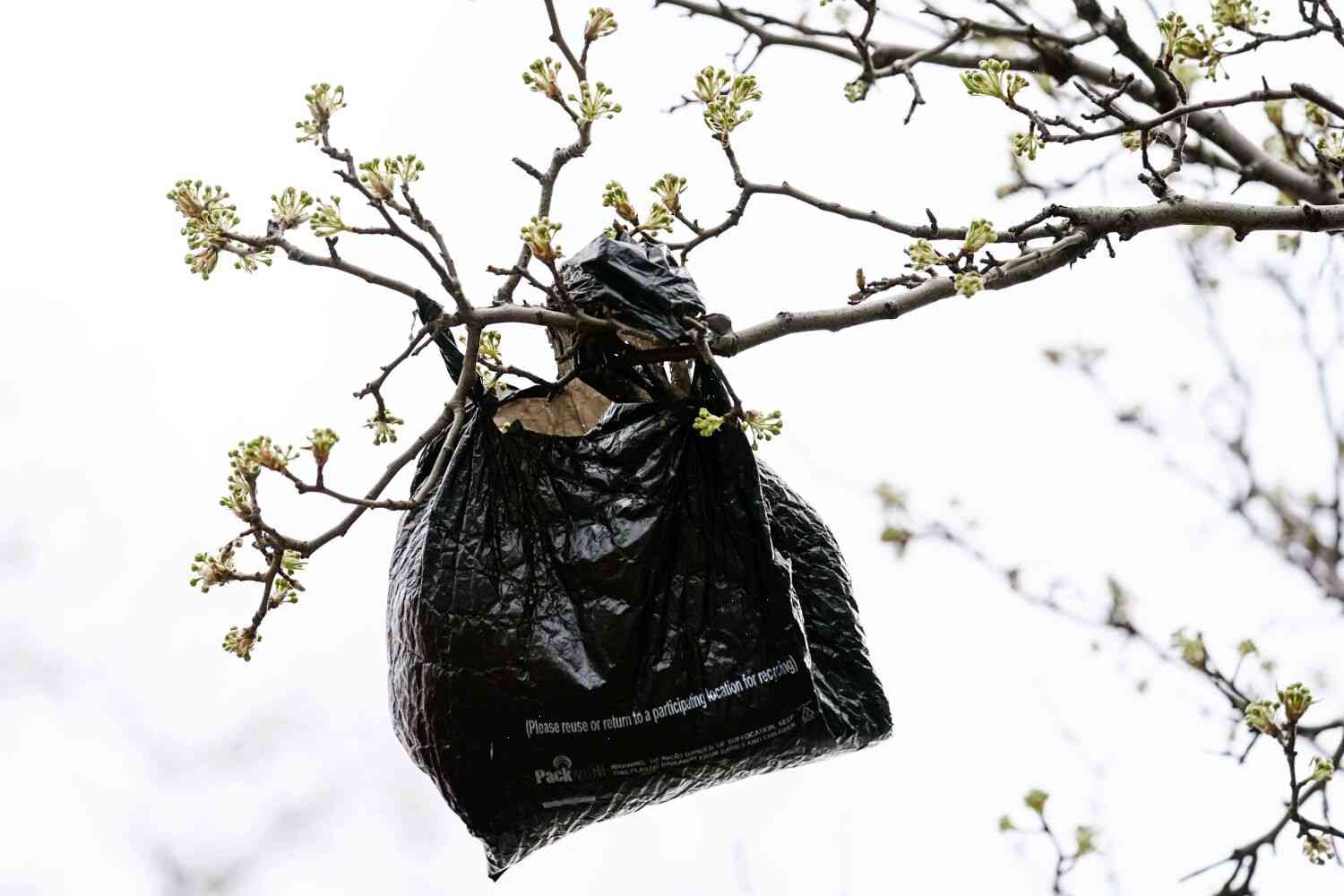Editorial: What plastic bag ban? California stores still doling out disposable sacks
California’s plastic bag ban is a policy designed to save California from the scourge of plastic bags, but it’s also designed to prevent the sale of reusable bags.
By the numbers:
Since the law went into effect, the number of plastic bags sold in California has plummeted from more than 5 million in 2008 to fewer than 3.4 million in 2012. About 11 million plastic bags are used each year in California, compared with almost 40 million plastic bags used the year before.
The state’s recycling rate has also improved dramatically, from an annual average of 51 percent in 2008 to nearly 90 percent in 2012.
However, the data doesn’t show the full story.
This is because there’s a catch.
In addition to the ban on sales of single-use plastic bags, there’s also the requirement that retailers must keep a percentage of all new bag purchases at certain retailers at least once. This is called the “sales back” requirement. Only certain retailers, such as small grocery stores, big-box stores such as Wal-Mart and Target, and mass retailers like Sam’s Club can get a sales-back requirement. These are the retailers that are considered to be California’s “bag problem area.”
If the sales back requirement were taken off the table, it doesn’t mean that the bans on single-use plastic bags and on plastic-bag recycling wouldn’t have the same effect.
It simply means that the bans wouldn’t apply to reusable bags.
And that is indeed a concern, not only in terms of the environment but also in terms of consumer protection.
The California Legislative Analyst’s Office conducted a statewide study to analyze the impact of the ban on retailers. It found that, even after taking away the sales-back requirement, the ban would result in an increase of 1.2 billion plastic bags in California, with an annual impact of $

